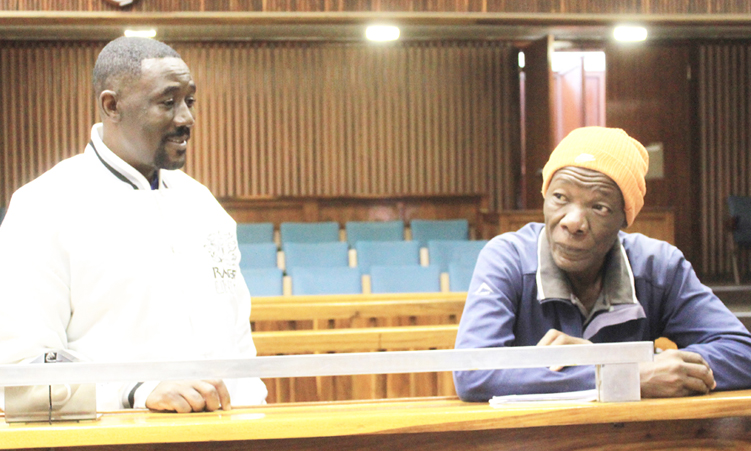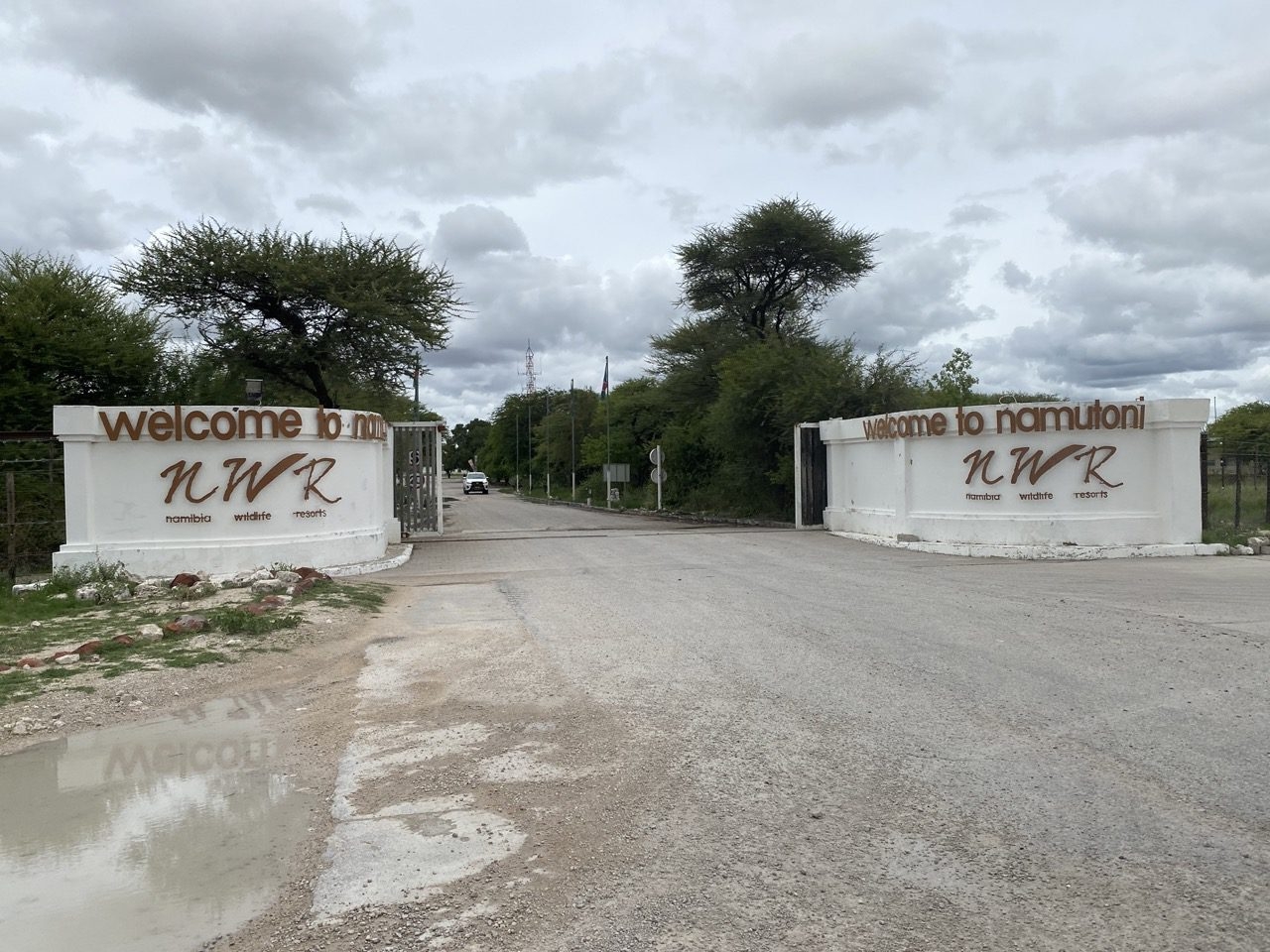THE current cycle of interest rate reductions, although putting pressure on commercial banks’ profits, in no way threatens the stability of the local sector, the Bankers Association of Namibia (BAN) said.
Approached by Bottomline for comment on the three-percentage-point repo cut since December, as well as increasing pressure from the Bank of Namibia (BoN) to narrow the rate spread, BAN said: ‘While this contraction will result in a margin squeeze and hence a pressure on profits, we do not believe that the impact will result in banks being on very shaky ground.’BAN said industry speculation that every repo cut of one percentage point costs each bank about N$100 million is not ‘entirely correct’.’Normally a decrease in the repo rate will have a negative effect on a bank’s interest income, as the full decrease in rates cannot be applied to a simultaneous re-pricing of a bank’s deposit book.’The extent of the impact depends very much on the structure of the bank’s balance sheet, and would therefore depend on a bank’s ability to re-price assets and liabilities. This would differ from bank to bank,’ BAN said, but declined to give a dollars-and-cents indication of the effect.BAN’s statement comes after the association and the BoN’s quarterly meeting last Thursday. It also comes as expectations grow that BoN Governor Tom Alweendo will initiate further interest rate cuts by again lowering the repo next Wednesday. The market is forecasting that he will decrease the bank rate by another 50 basis points to seven per cent.Asked to which extent the banks believe interest rate cuts can solve the current economic woes of Namibia, BAN said: ‘Interest rate cuts have a lag effect of roughly 12 to 18 months on the real economy, but do have a positive impact.’If people or businesses expect lower rates in future, they will adjust spending and investment decisions to take advantage of the cheaper money and vice versa, BAN said.’Therefore it is critical to have an accommodative monetary policy in economic downswings – such as we have been experiencing since 2008 – and the BoN should be complimented for their monetary policy to date, although it has had significant negative impacts on depositors, many of whom rely on interest for income,’ BAN said.’Care should therefore be taken to also take their interests into consideration,’ it added.The association further stated that interest rate cuts are only effective when made in conjunction with other fiscal policy interventions such as spending money on infrastructure development, such as schools, houses and hospitals, and thereby creating assets for the economy and job opportunities.Elaborating on the extent to which lower rates are denting their profits, BAN confirmed that competition has forced the banks to lend money at rates significantly lower than the prime lending rate. ‘The best rates offered are at prime minus two per cent or even lower.’Adding squeeze to their margins are the rates at which commercial banks have to borrow money.If they borrow from the BoN using its overnight facility, the banks have to pay the official repo plus two per cent. This makes ‘it unattractive for banks and hence the preference to raise deposits or funding in the public domain,’ BAN said.Governor Alweendo last year reacted to the banks’ dissatisfaction with the overnight repo by saying that they needn’t pay the more expensive rate. Banks can still borrow at the standard repo by using the BoN’s seven-day facility. All banks have to do is to plan their cash needs better and more accurately, the Governor said at the time.He introduced the two repo rates to deepen the sophistication of the local financial market and to stimulate the interbank market, he explained.Commercial banks currently borrow ‘insignificant’ amounts from the central bank and prefer to source funds directly from local pension funds and unit trusts. However, as these are still controlled in South Africa, South African reference plus a premium apply when funds are placed in Namibia.Since Namibia is part of the Common Monetary Area (CMA), banks locally also compete for deposits, especially in the wholesale market, with South African institutions. This too, results in higher rates which they have to offer.’A significant divergence between the South African and Namibian repo rates could result in serious pressure on the banking system because of the free flow of funds between the two countries,’ BAN said.Asked about the effect of rate cuts on savings and the incentives for saving in Namibia, BAN said most Namibians generally save through insurance or contractual schemes, which are usually not directly affected by interest rate changes.’Interest rate cuts do result in lower returns earned on deposits with banks, but generally the level of deposits is not unduly influenced, particularly in the retail sector,’ BAN said.’However, the combined effect of the stock market crash and the decrease in interest rates will have a significant impact on savings through insurance and contractual schemes in the short to medium term,’ the association said.jo-mare@namibian.com.na
Stay informed with The Namibian – your source for credible journalism. Get in-depth reporting and opinions for
only N$85 a month. Invest in journalism, invest in democracy –
Subscribe Now!










